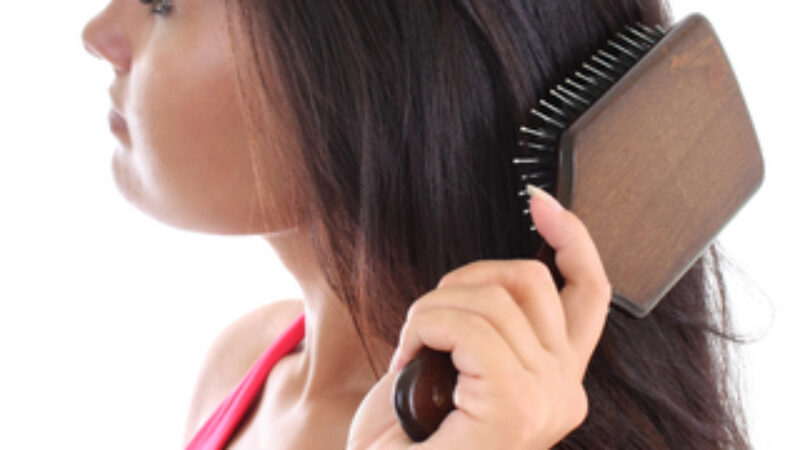Often overlooked in the science of skincare, ingrown hairs are an issue for many people. Read on for our top tips on ingrown hairs, what they look like, and what can you do to treat and prevent them.
What is an Ingrown Hair?
An ingrown hair (scientifically known as the transfollicular form of Pseudofolliculitis barbae) happens when the sharp tip of the hair curls back or grows sideways into the skin. Although their appearance is undesirable, ingrown hairs are not dangerous. They are a benign skin disorder commonly seen in teenagers and adults, especially among those with coarse, curly hair. In some cases, ingrown hairs can lead to infection, scarring, discoloration (post inflammatory hyperpigmentation), or (rarely) keloid scar formation.
Identifying Ingrown Hairs
Ingrown hairs commonly occur on shaved areas, such as the face, neck, armpit, legs, and pubic region, but they may appear elsewhere on the body. They look like scattered bumps, either tan or red, and sometimes you can see a black dot showing where the hair has ingrown. You may even see the hair itself, growing under a layer of skin. Ingrown hairs may be confused with acne, herpes, abrasion, cysts, warts or keratosis pilaris. Please see a doctor if you are concerned.
Prevention and Treatment
Ingrown hairs may resolve on their own without treatment, and as always, prevention is the best medicine. You may find you are prone to ingrown hairs and that regular maintenance is necessary. Here’s what to do:
- Shaving: Avoid close shaves as well as shaving against hair growth. Use a shaving lubricant and don’t press too hard. You might opt for a depilatory cream rather than shaving, waxing, or plucking. Chemical hair removal results in a more rounded hair tip, decreasing the likelihood of hairs ingrowing. Most depilatories these days have lost the unpleasant smell they are famous for, but some people find they cause irritation to the skin.
- Exfoliation: A lot of dead skin cells hang around on the surface of the skin, and need to be encouraged to leave. You can do this by scrubbing (physical exfoliation) or by using a topical cream (chemical exfoliation). Scrubbing (with a washcloth, abrasion device or scrub) can stimulate the oil glands in the skin, which sometimes results in acne, so if you choose this option remember to be gentle. A better choice? Chemical exfoliants contain an acid (often derived from fruit) which gradually removes the dead skin cells blocking pores. They are commonly used in the treatment of acne, extremely dry skin, and hyperpigmentation, as well as in preparation for using a self-tanner. Look for ingredients like retinol, glycolic acid, salicylic acid, malic acid, lactic acid and urea. Avoid topical treatments containing alcohol. Exfoliant use may cause a reaction in those with very sensitive skin, so proceed cautiously and don’t be tempted to overdo it. Check out some effective chemical exfoliants here.
- Treatment by professionals: With electrolysis, laser or pulsed light, coarser hairs are replaced by finer, “vellus” or baby hair. These usually need to be repeated and can be costly – US$400 per laser treatment is not unusual.
- Extraction: You can do this at home, but it is best to proceed under the care of an aesthetician or dermatologist because extraction may result in scarring. The skin is prepared, sometimes for days or weeks in advance, with exfoliating scrubs or creams. At the time of extraction, warm, moist compresses are applied to the area. With a sterilized needle or tweezers, the hair is teased out of the skin without actually piercing the dermis. The area is then carefully cleaned to prevent infection.
A combination of treatments may be needed to achieve the best result. If persistent treatment cannot resolve your ingrown hairs, your doctor or dermatologist may prescribe an acne medication or an appropriate concentration of cortisone.





Thank you for the information you provided about Ingrown Hair Removal Treatment. Here I would like to suggest you one more effective medicine for the treatment of ingrown hair removal ie. Vaniqa hair removal cream. Vaniqa is a FDA approved cream used to treat unwanted hairs, female hirsutism (female’s facial hairs). It has clinically proven that this cream works effectively to remove hairs.
Vaniqa cream removes hair follicles as well which is main factor for hair growth as well as it also helps to block an enzyme as this is a relatively important part of hair growth. Thus, Vaniqa cream removes hairs as well as reduces the growth of unwanted hairs.